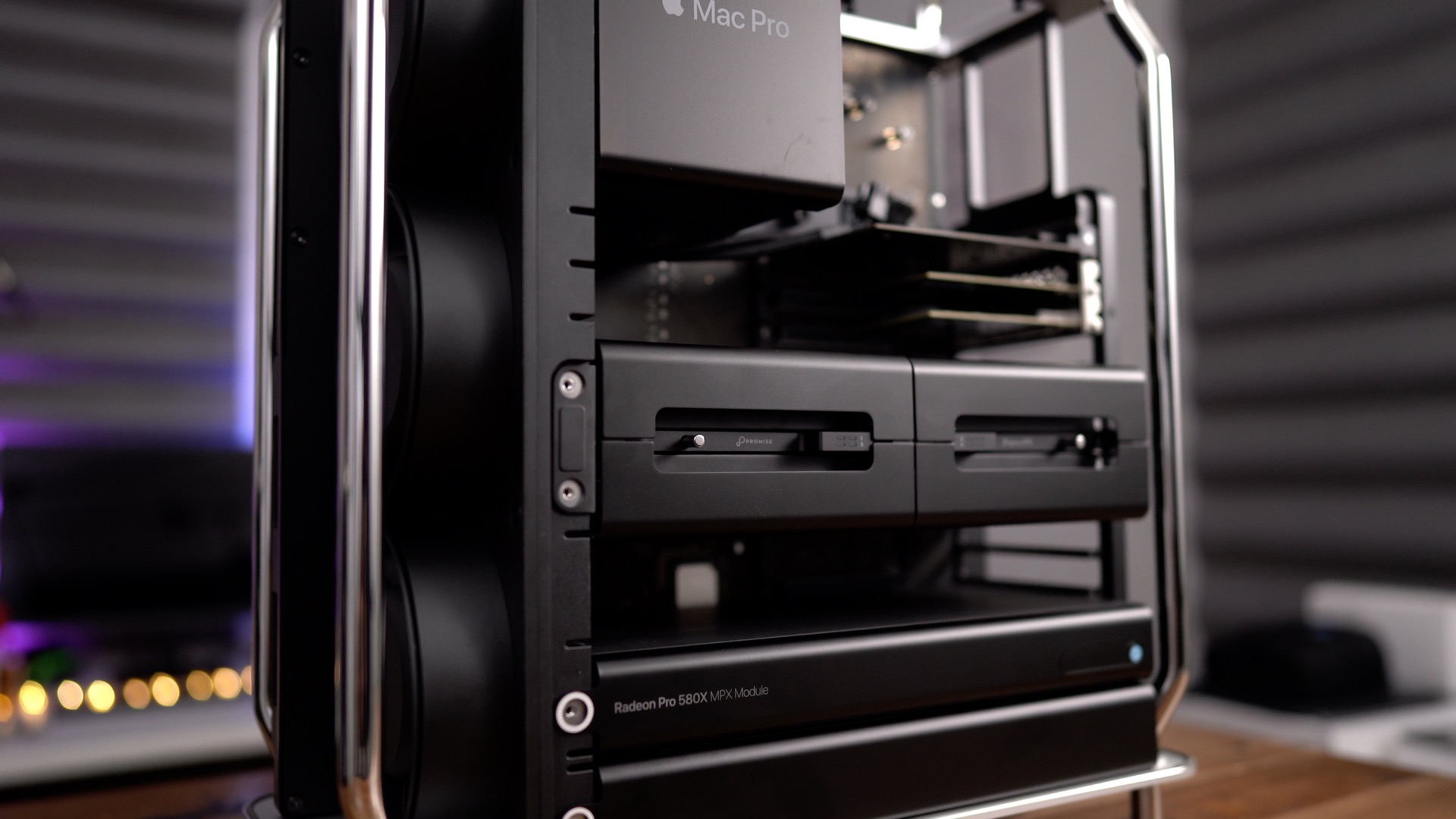

It is demonstrated as follows − kill -s SIGCHLD pid This signal is sent with the kill command. This signal informs the parent process to clean up the zombie process using the wait() system call. Zombie processes can be killed by sending the SIGCHLD signal to the parent, using the kill command. This is not a serious problem if there are a few zombie processes but under heavier loads, this can create issues for the system. The presence of zombie processes also indicates an operating system bug if their parent processes are not running anymore. This prevents other processes from running as there are no process ID’s available. If there are a lot of zombie processes, then all the available process ID’s are monopolized by them.
#RAID MONITOR PROCCESS SOFTWARE#
Zombie processes don't use any system resources but they do retain their process ID. I’ve made some scripts for both options, but I sure advise to look into Storage Spaces over classical Windows software RAID in any case. If the zombie process is still not eliminated from the process table by the parent process, then the parent process is terminated if that is acceptable. The zombie processes can be removed from the system by sending the SIGCHLD signal to the parent, using the kill command.This may not be a serious problem if there are a few zombie processes but under heavier loads, this can create issues for the system such as running out of process table entries.


If the parent process is not running anymore, then the presence of a zombie process indicates an operating system bug.If the parent process does not use the wait() system call, the zombie process is left in the process table.Then the process ID and the process table entry of the zombie process can be reused. After that, the zombie process is removed from the system. The exit status of the zombie process zombie process can be read by the parent process using the wait() system call.But the process’s entry in the process table is still available. All the memory and resources allocated to a process are deallocated when the process terminates using the exit() system call.Some of the salient points related to zombie processes are as follows − This is known as reaping the zombie process.Ī diagram that demonstrates the creation and termination of a zombie process is given as follows − Once this is done using the wait system call, the zombie process is eliminated from the process table. I’ve made some scripts for both options, but I sure advise to look into Storage Spaces over classical Windows software. Check and monitor disk IO statistics and disk stats in Linux using iostat. Storage Spaces is Microsoft’s successor to the classical Windows Software RAID options. Instead, after an I/O request is submitted, the process continues to execute. Zombie processes usually occur for child processes, as the parent process still needs to read its child’s exit status. So this blog was requested a lot lately I’m not a big fan of using Windows RAID anywhere but Storage Spaces is becoming more relevant each day, with S2D and larger deployments. A zombie process is a process whose execution is completed but it still has an entry in the process table.


 0 kommentar(er)
0 kommentar(er)
